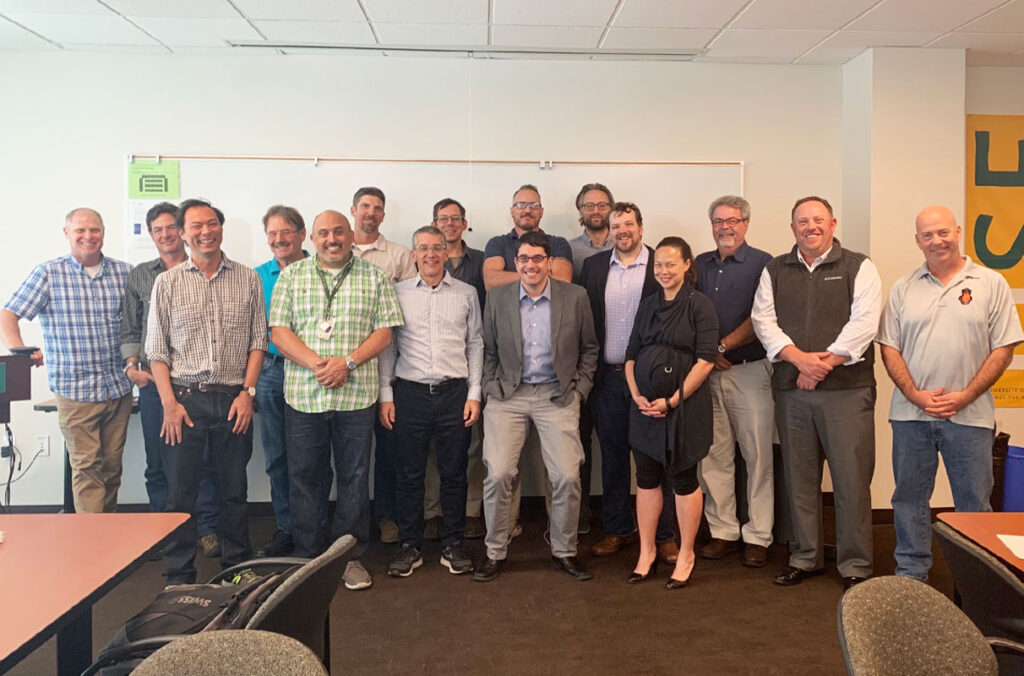Close
Close

The high risk and unpredictability of natural hazards are hard to manage on your own. We provide the analysis you need to keep those risks to a minimum.
No matter the challenge, SIG’s Natural Hazards Group is ready to perform risk assessments and create mitigation strategies for your needs. We can quantify, measure, and assess the impacts of potential natural disasters, create action plans for land management and policy, determine economic and ecological tradeoffs for different courses of action, support NEPA and CEQA analysis, and answer many more questions.
Our work has contributed to safety and ecological integrity on public and private land alike, including areas of high cultural and environmental significance such as the Lake Tahoe Basin, Sierra Nevada region, and the San Francisco Bay Area – each commonly impacted by wildfire.
The California Fire Safe Council’s Fire Safe Vendor List is a free resource that connects homeowners and communities with trusted businesses offering wildfire safety products and services.
SIG’s scientists have conducted groundbreaking research into the costs of wildfires, forest fuel treatment modeling, wildfire recovery monitoring, greenhouse gas accounting in forested ecosystems, and more. SIG’s 3 Registered Professional Foresters on staff provide expertise on NEPA and CEQA documents, Community Wildfire Protection Plans, and detailed assessments of fire risk and hazard. Collectively, have advised many governments and agencies, including CALFIRE, US Forest Service, California Energy Commission, and the Quincy Library Group.
The Natural Hazards Group, works on understanding the Landscape Effects of Wildfire Resiliency Treatments in the Wildland-Urban Interface
The 58,000-acre Eastern Sierra Climate & Communities Resilience Project (ESCCRP) seeks to build resilience to catastrophic wildfire impacts, Mammoth Lakes, California.
Consulting with American Forest Foundation, scientists at SIG evaluated the effectiveness of different proposed landscape-scale fuels.